You’ve gone through all the paperwork, site preparation and have now finally seeded your native grass and wildflower seed, but all you see now are weeds. So now what?
A crucial part of establishing a successful native stand is management. Even if you follow all of the recommended seedbed prep directions correctly, there will be weed maintenance during the first two years. Though the first year stand may look bleak, it will always be too early to determine if the stand is a guaranteed failure. The only guarantee it will be a failure the following year is if you do not manage the weeds.
In the first two years, weed pressure is high, and seedlings are slow to show above ground emergence. Seedlings are spending most of their energy establishing a root system below ground; meaning emergence will likely come much later than expected. Patience is key.
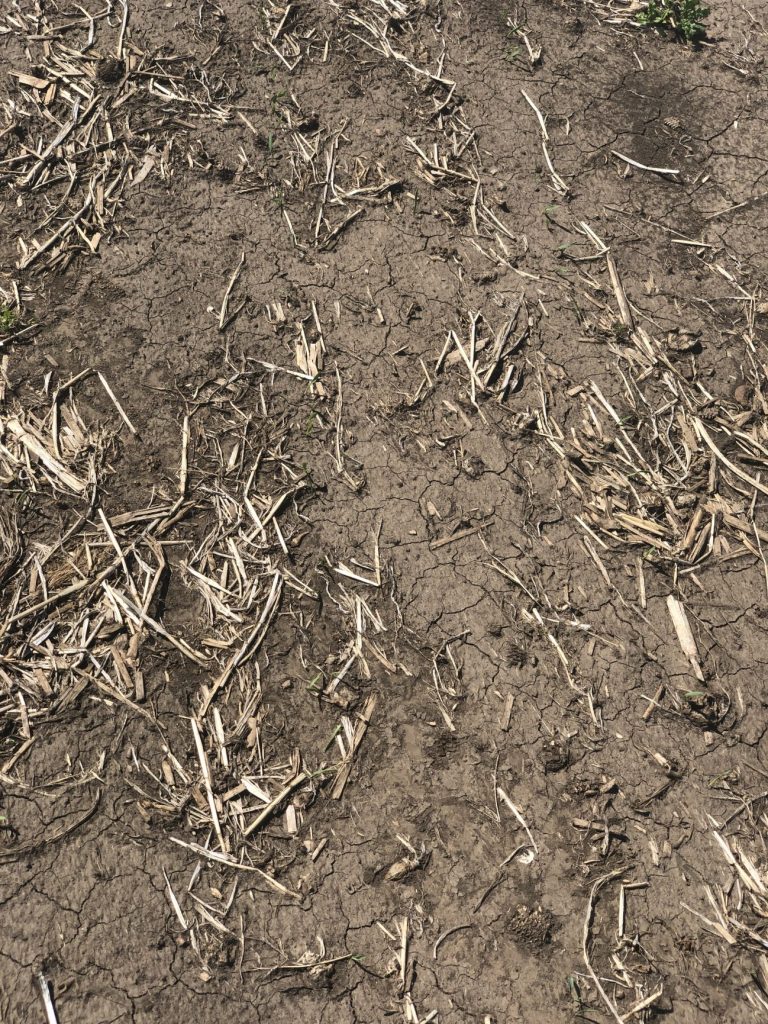
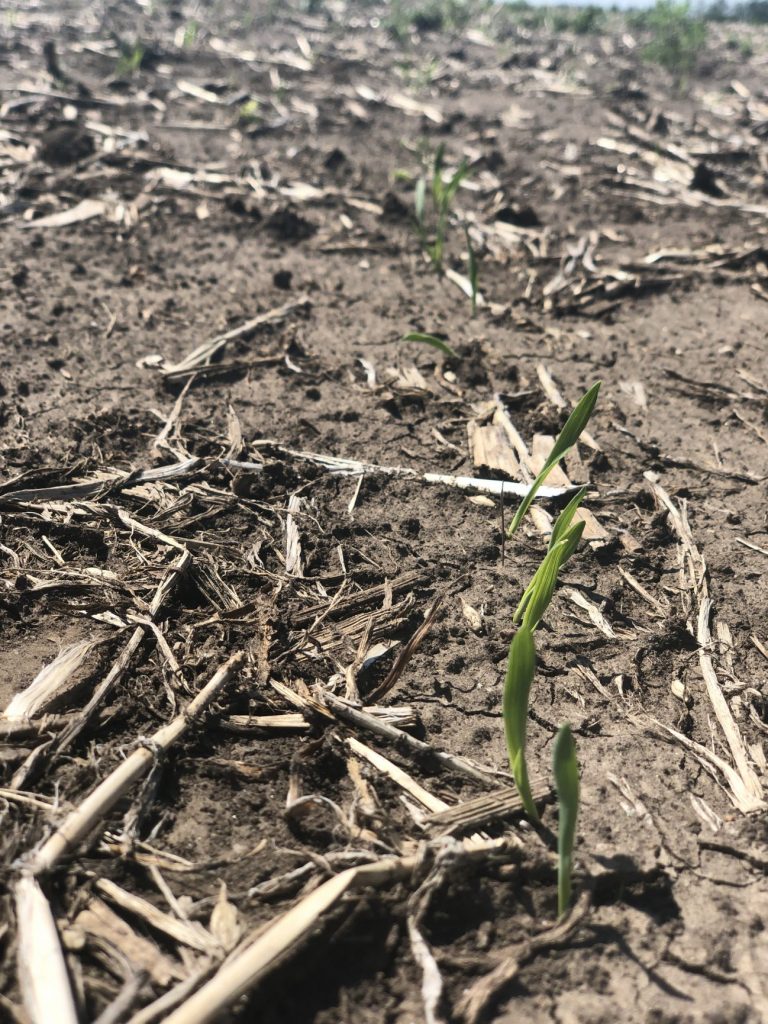
We certainly understand that nobody likes looking at a weedy mess the first year, but this is a reality for many new native stands. In the meantime, here are two quick tips for managing your land in the first two years.
- Stay on the weeds by clipping. If weeds don’t go to seed, they won’t persist. One clipping won’t be enough. It will take as many times as needed to stay ahead of them.
- Don’t mow too short. 7″-10″ is an ideal length. This will keep the annual weeds from going to seed while preventing the summer heat from burning your young seedlings.
We’ve seen thousands of projects from prep to final stand development and are here to help provide recommendations to help you develop a successful stand. Remember, patience is key!
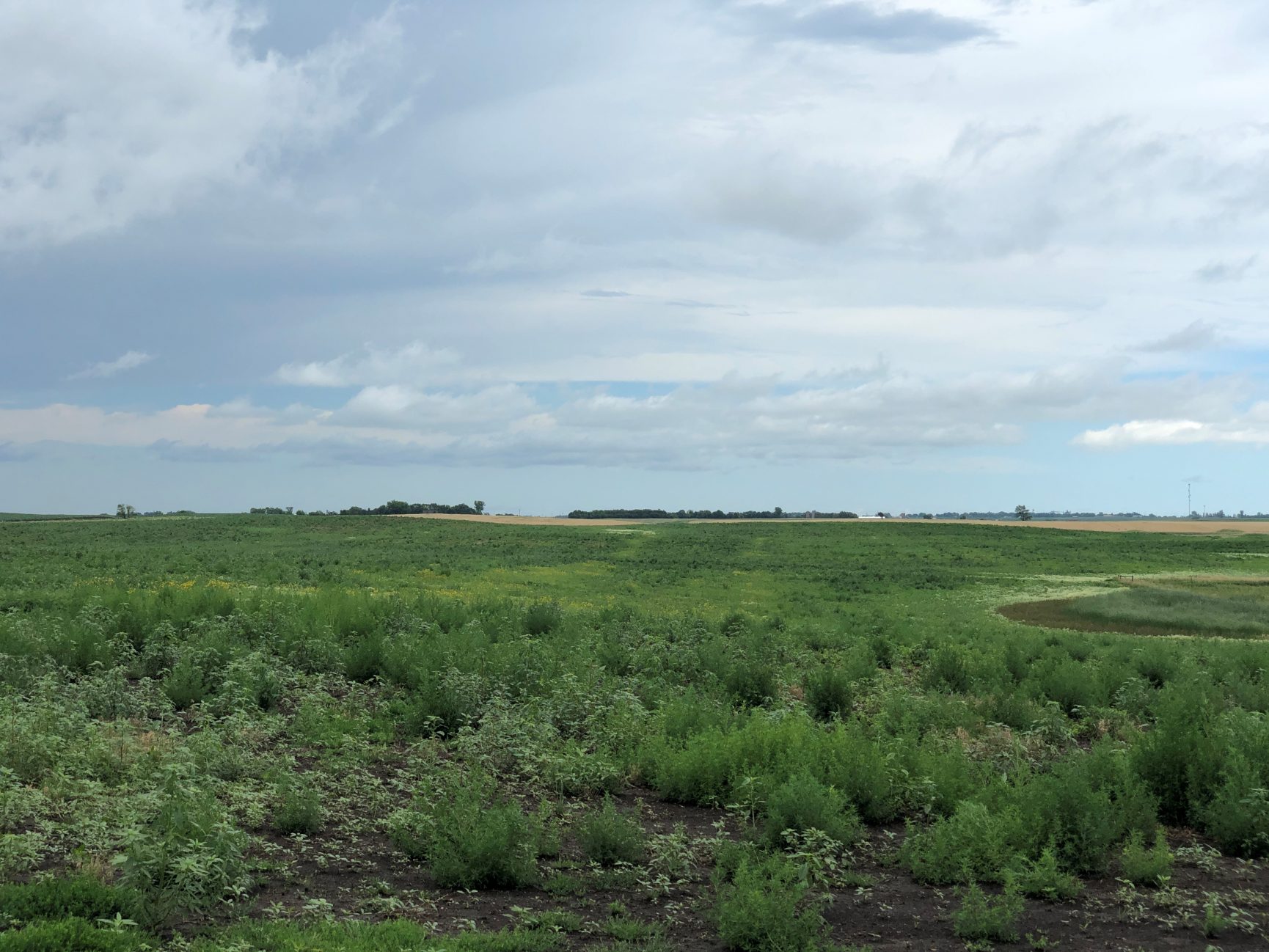
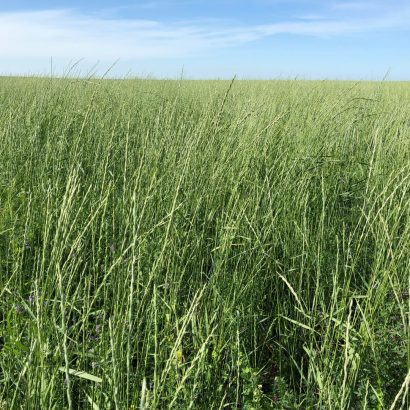
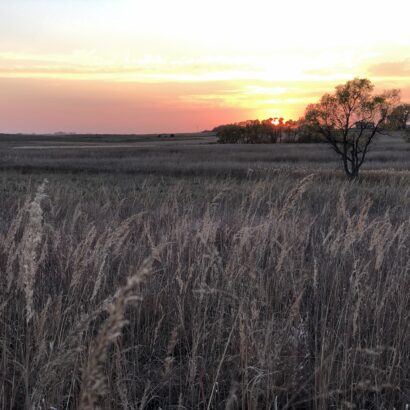
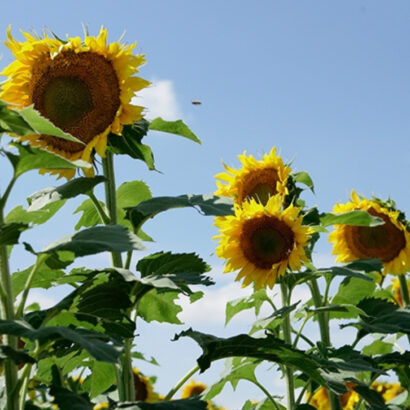
Great article, do you recommend any type of liquid fertilizers?
We recommend very little to no fertilizer during the year of establishment due to the slow growth of most native species. Very little of any applied fertilizer would be utilized by native species, and would more than likely be used to feed any weed growth that may occur instead.